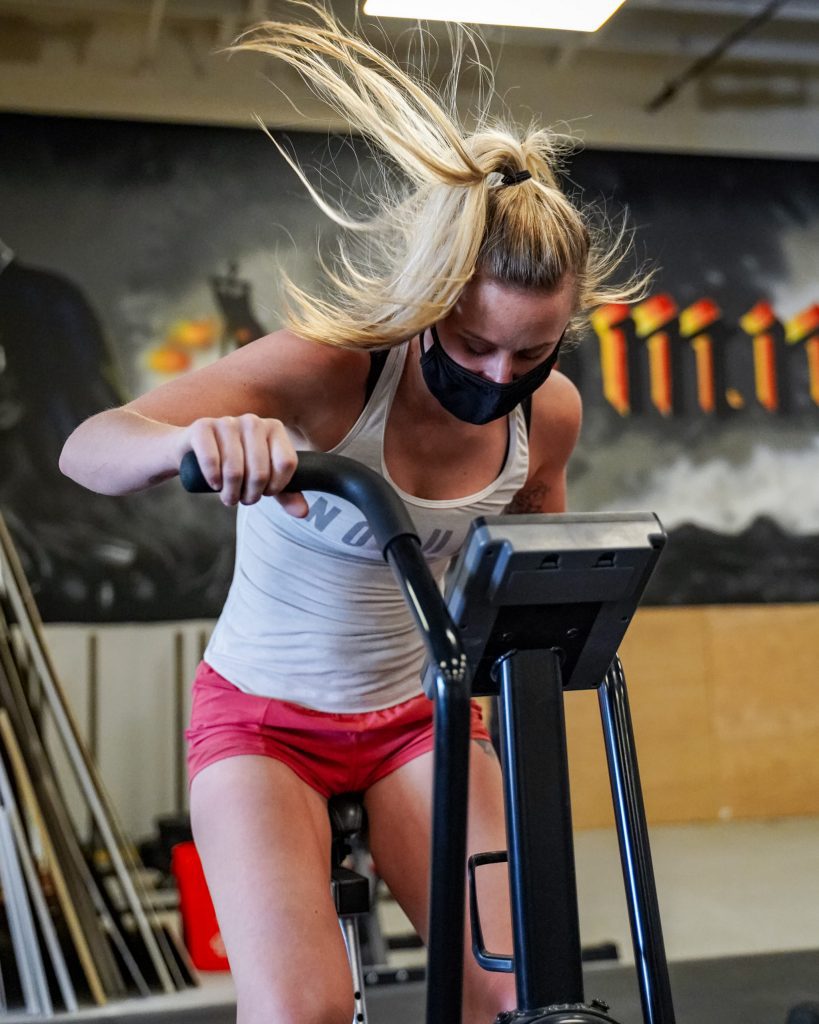
I know you have heard the phrase: sometimes you have to take two steps back in order to take two steps forward. I’d bet money you’ve even given this advice yourself. It’s always relatable when we are on the giving end and slightly irritating when we are on the receiving end. After all, we live in a society where we want to believe that everything works in a linear progression like a line on a graph with a steady slope. Unfortunately life isn’t like that.
Progress and growth will have peaks and valleys followed by peaks and valleys. While it’s inevitable to have ups and downs in life, training in the gym is the same way. I can’t guarantee constant progress and success. However if you implement major tools I can promise you that your time in the valleys will be shorter and less frequent.
So what are these tools? Consistency & Accuracy. Let’s talk about consistency first. I know this may seem obvious, but humor me here. Sure the more frequent you are training the more likely you are to see results. It goes deeper than that though. Showing up is not the same as having consistent training. Here’s another good life analogy for you: moving for the sake of motion is not the same as working hard with intent.
It’s really about this idea of “deep practice” in other words intentional practice. Because practice doesn’t make perfect, PERFECT practice makes perfect. Shooting 10 perfect free throws every day is way more beneficial than shooting 100 free throws with bad technique. So if we go back to training at the gym what kind of intent do you bring to training? Or do you simply just show up and expect the results to happen because you made it. That would be like assuming you could lose weight just by buying healthy food without actually eating it.
A mentor of mine once said “How you do everything is how you do anything.” The way you warm up, work out, cool down, hold yourself to a standard, and take feedback is the level of results you will see.
Once you get consistent then we need to get accurate. You see accuracy is about putting in the specific work necessary to reach your goals. This could include getting the sleep, nutrition, recovery and training that leads to success. At first glance this may seem obvious because someone who wants to compete in powerlifting is not going to be running 50 miles a week, right?
The thing is you may be surprised how your own training could be holding you back from getting your results. Let’s assume you are following a training program geared toward your goals. For example, if you want to do a triathlon you are swimming, biking and running. If you want to compete in CrossFit you are training that way.
But here’s the real question for you: are you showing up every day to get better or to win the workout?
Let that sink in for a minute. And let’s revisit that first saying: sometimes you have to take two steps back in order to take 5 steps forward.
If you are an endurance athlete this means building your aerobic base by doing some slow and steady state training. Training under 75% of your max heart rate can actually be hard to go that slow. Can you stay disciplined to take it this “easy” or do you always try to PR your mile pace time when running? In the long run you need to go this slow to improve your aerobic system even though going faster each week “feels” like more progress.
In CrossFit a most common example is barbell cycling. Many workouts can be paced better by hitting singles, resulting in a faster time by consistently moving. While this may win you the workout, a better training stimulus could come from hitting touch and go sets.
If you go touch and go you may lose the workout to your friends, but have more improvement in your fitness. Which do you choose?
It starts by asking yourself what your intent is for each and every workout. Is it to get better or to win? This is the difference between training and competing. The beautiful thing about CrossFit is that it has the motivation of racing against the clock and other people can draw the best out of us. On the flip side we sometimes compete at the cost of progress.
Training may mean you lower the weight of the barbell to work on technique or mobility even though it’s not as good of a score for the day.
Training also could mean picking a workout level that is lighter, lower skill and what some may consider “scaling” because it will actually give you a better workout. Even though your ego may feel bruised.
For some training may even mean going heavier or higher skill knowing they won’t perform as well because they need to start pushing themselves more.
These are general examples, but I’m sure you get the idea. The question becomes: what version will give me the most results for my goals? And the more you make choices in alignment with that question, the closer you will get to your long term goals.
Spend more time Training and less time Competing to fast track your results!
Coach Taylor
